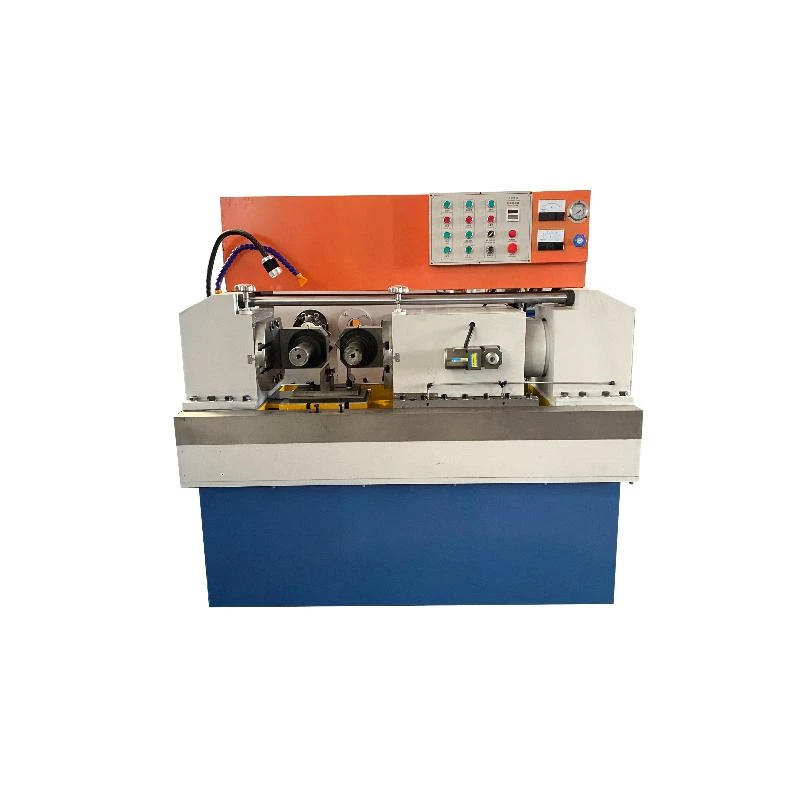
-
 Afrikaans
Afrikaans -
 Albanian
Albanian -
 Amharic
Amharic -
 Arabic
Arabic -
 Armenian
Armenian -
 Azerbaijani
Azerbaijani -
 Basque
Basque -
 Belarusian
Belarusian -
 Bengali
Bengali -
 Bosnian
Bosnian -
 Bulgarian
Bulgarian -
 Catalan
Catalan -
 Cebuano
Cebuano -
 Corsican
Corsican -
 Croatian
Croatian -
 Czech
Czech -
 Danish
Danish -
 Dutch
Dutch -
 English
English -
 Esperanto
Esperanto -
 Estonian
Estonian -
 Finnish
Finnish -
 French
French -
 Frisian
Frisian -
 Galician
Galician -
 Georgian
Georgian -
 German
German -
 Greek
Greek -
 Gujarati
Gujarati -
 Haitian Creole
Haitian Creole -
 hausa
hausa -
 hawaiian
hawaiian -
 Hebrew
Hebrew -
 Hindi
Hindi -
 Miao
Miao -
 Hungarian
Hungarian -
 Icelandic
Icelandic -
 igbo
igbo -
 Indonesian
Indonesian -
 irish
irish -
 Italian
Italian -
 Japanese
Japanese -
 Javanese
Javanese -
 Kannada
Kannada -
 kazakh
kazakh -
 Khmer
Khmer -
 Rwandese
Rwandese -
 Korean
Korean -
 Kurdish
Kurdish -
 Kyrgyz
Kyrgyz -
 Lao
Lao -
 Latin
Latin -
 Latvian
Latvian -
 Lithuanian
Lithuanian -
 Luxembourgish
Luxembourgish -
 Macedonian
Macedonian -
 Malgashi
Malgashi -
 Malay
Malay -
 Malayalam
Malayalam -
 Maltese
Maltese -
 Maori
Maori -
 Marathi
Marathi -
 Mongolian
Mongolian -
 Myanmar
Myanmar -
 Nepali
Nepali -
 Norwegian
Norwegian -
 Norwegian
Norwegian -
 Occitan
Occitan -
 Pashto
Pashto -
 Persian
Persian -
 Polish
Polish -
 Portuguese
Portuguese -
 Punjabi
Punjabi -
 Romanian
Romanian -
 Russian
Russian -
 Samoan
Samoan -
 Scottish Gaelic
Scottish Gaelic -
 Serbian
Serbian -
 Sesotho
Sesotho -
 Shona
Shona -
 Sindhi
Sindhi -
 Sinhala
Sinhala -
 Slovak
Slovak -
 Slovenian
Slovenian -
 Somali
Somali -
 Spanish
Spanish -
 Sundanese
Sundanese -
 Swahili
Swahili -
 Swedish
Swedish -
 Tagalog
Tagalog -
 Tajik
Tajik -
 Tamil
Tamil -
 Tatar
Tatar -
 Telugu
Telugu -
 Thai
Thai -
 Turkish
Turkish -
 Turkmen
Turkmen -
 Ukrainian
Ukrainian -
 Urdu
Urdu -
 Uighur
Uighur -
 Uzbek
Uzbek -
 Vietnamese
Vietnamese -
 Welsh
Welsh -
 Bantu
Bantu -
 Yiddish
Yiddish -
 Yoruba
Yoruba -
 Zulu
Zulu
Products for Rod Thread Rolling Machines and Their Applications in Manufacturing
The Advantages of Rod Thread Rolling Machines in Modern Manufacturing
In the competitive landscape of modern manufacturing, efficiency and precision are paramount. One of the critical processes in the production of fasteners, bolts, and similar components is thread rolling. Rod thread rolling machines have emerged as a vital tool in this domain, bringing numerous advantages that enhance productivity while maintaining high-quality standards.
What is Thread Rolling?
Thread rolling is a process used to create threads on a cylindrical workpiece, such as a rod. Unlike traditional threading methods, which cut material away, thread rolling is a cold-forming process. It reshapes the material by using high pressure to create the desired thread profile. This method offers several distinct benefits, making it increasingly popular across various industries.
Key Benefits of Rod Thread Rolling Machines
1. Enhanced Material Strength
One of the most significant advantages of using thread rolling machines is the improvement in the strength of the finished product. The cold-working process involved in thread rolling increases the tensile strength of the material. As the metal is deformed rather than cut, the grain structure is refined and aligned, resulting in threads that can withstand greater loads and stresses. This enhancement is particularly crucial in applications where safety and reliability are non-negotiable, such as in automotive or aerospace components.
2. Increased Production Efficiency
Rod thread rolling machines are designed for high-volume production. These machines operate at rapid speeds, allowing manufacturers to produce large quantities of threaded rods in a shorter timeframe compared to traditional methods. Additionally, the setup and changeover times are often minimized, leading to further efficiency gains. This capability is imperative for businesses striving to meet market demands and reduce costs.
3. Cost-Effectiveness
rod thread rolling machine products

Despite the initial investment in high-quality thread rolling machines, the overall cost-effectiveness becomes evident in the long run. The reduction in material waste, due to the cold-forming process, contributes to lower raw material costs. Moreover, the durability of the finished threads minimizes the likelihood of product failures, reducing warranty claims and increasing customer satisfaction.
4. Versatility in Applications
Rod thread rolling machines are versatile tools that can be adapted for various applications. They can accommodate a range of rod sizes and materials, including steel, aluminum, and brass, allowing manufacturers to diversify their product offerings. With the ability to produce different thread profiles and sizes, these machines serve various sectors, from construction to electronics.
5. Improved Surface Finish
The thread rolling process often results in a superior surface finish compared to conventional machining methods. The absence of cutting tools reduces the risk of surface defects, leading to smoother threads. This quality not only enhances the aesthetic appeal but also improves the overall performance of the final product, as smoother threads provide better engagement with nuts and other fasteners.
6. Environmental Benefits
As sustainability becomes an increasingly important focus in manufacturing, the environmental advantages of rod thread rolling machines cannot be overlooked. The reduction in material waste and energy consumption during the cold-forming process makes this method more environmentally friendly than traditional machining methods. Furthermore, many manufacturers are investing in energy-efficient designs for their equipment, further minimizing their ecological footprint.
Conclusion
In summary, rod thread rolling machines represent a significant advancement in the manufacturing sector, offering numerous benefits that enhance productivity, reduce costs, and improve product quality. The shift towards this innovative technology highlights the industry's commitment to efficient production practices while meeting stringent quality standards. As market demands continue to evolve, the role of rod thread rolling machines will undoubtedly become more prominent, establishing them as an indispensable asset in the quest for manufacturing excellence. In an era defined by rapid advancements and competitive pressures, those who embrace such technologies will likely emerge as leaders in the industry.
